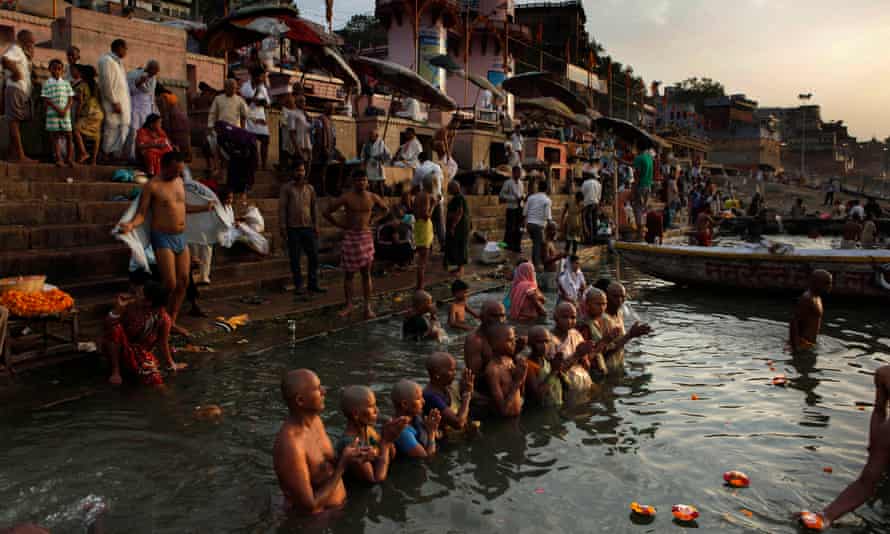
NEW DELHI: Toxics Link, a Delhi-based NGO, released a study on the quantity of microplastic found in the holy river Ganga. They concluded that the river, covering over 2500 km and then flowing into the Bay of Bengal, contains highly polluting microplastics. With an average length of less than 5mm, microplastics are a type of plastic debris. Since they are small in size, marine habitants ingest the debris, which is then carried further along the food chain. The study highlighted how microplastics have affected over 660 marine species and that if consumed by humans, they can cause several health problems.
Further, the researchers also found other kinds of plastics in the samples of Ganges water, which were taken from Haridwar, Varanasi and Kanpur. The plastic pollution was highest in Varanasi. The study highlighted that untreated sewage, industrial waste and religious offering that are immersed in the river add to the pollutants in it. Priti Mahesh, Chief Coordinator, Toxics Link, said in an official statement that humans should reflect upon the solid and liquid waste management as they are being flown into our river systems. Eventually, Ganges flows into the Bay of Bengal and then the ocean, which greatly impacts marine life.
Efforts to manage the growing pollutant levels have been going on for over 40 years now. National Mission for Clean Ganga (2011), Namami Gange (2015), Ganga Action Plan (1985) and IIT Consortium (2011) for water diversion and effective treatment have been some of the programs launched by the government to clean River Ganga. However, according to the study, these programs have not been able to yield substantial results.

